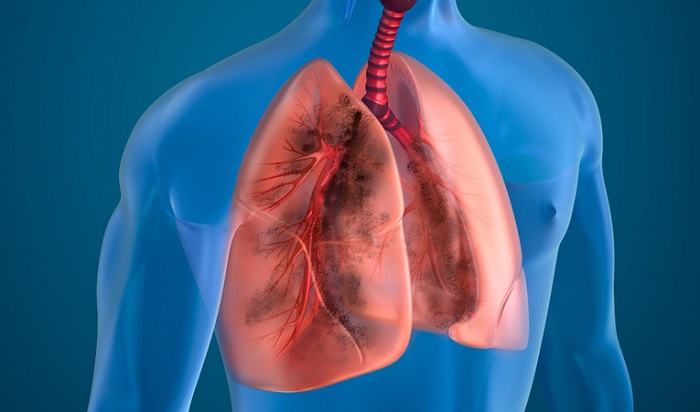Is there a secret to longevity? This health expert says 1,000% yes
In the era of social media, post-COVID, and with mental health at the forefront, a shift is taking […]

In recent years, countries such as Bangladesh, India, and Pakistan have faced a silent yet pressing health crisis: a surge in lung diseases and high blood pressure among their citizens. According to the 2023 report from IQAir, a global air quality data platform, these nations are among the most affected by poor air quality, leading to grave consequences for public health.
The IQAir report has highlighted a concerning trend in air quality that puts the citizens of Bangladesh, India, and Pakistan at an increased risk of lung diseases and high blood pressure. The report’s findings are alarming:
1. Bangladesh recorded an average PM2.5 concentration of 79.9 µg/m³, more than 15 times higher than the WHO PM2.5 annual guideline.
2. Pakistan followed closely with an average PM2.5 concentration of 73.7 µg/m³, over 14 times the WHO recommended limit.
3. India had an average PM2.5 concentration of 54.4 µg/m³, exceeding the WHO guideline by more than 10 times.
One of the primary drivers of poor air quality in these countries is rapid industrialization and urbanization. As cities expand and industries grow, so does the emission of pollutants such as particulate matter, nitrogen dioxide (NO2), sulfur dioxide (SO2), and volatile organic compounds (VOCs).
Industrial activities, vehicular emissions, construction dust, and biomass burning all contribute to the worsening air quality, especially in densely populated urban areas.
Another significant contributor to air pollution in the region is the practice of burning crop residue and biomass, particularly prevalent in rural agricultural areas. Farmers often burn crop residue after harvest as a cost-effective means of clearing fields for the next planting season.
However, this practice releases large amounts of harmful pollutants into the atmosphere, exacerbating air quality issues and posing serious health risks to nearby communities.
The high levels of PM2.5 – fine particulate matter small enough to penetrate deep into the lungs and enter the bloodstream – are particularly harmful. Chronic exposure to such pollution can lead to respiratory conditions like asthma, chronic obstructive pulmonary disease (COPD), and lung cancer. The situation is exacerbated in urban areas where industrial emissions, vehicle exhaust, and other sources of pollution are concentrated.
Air pollution, especially PM2.5, has been linked to cardiovascular diseases, including high blood pressure (hypertension). The fine particles cause inflammation and oxidative stress, which can lead to arterial stiffness, reduced blood vessel function, and increased blood pressure. Over time, this can contribute to a higher incidence of heart attacks and strokes among the population.
Addressing the air quality crisis in Bangladesh, India, and Pakistan requires a multi-faceted approach involving government intervention, public awareness campaigns, and community engagement.
Investments in clean energy technologies, stricter enforcement of air quality regulations, promotion of sustainable transportation options, and adoption of cleaner cooking technologies can all help mitigate air pollution and safeguard public health.
Furthermore, regional cooperation and collaboration are essential for tackling transboundary air pollution, as air quality issues often transcend national borders.
By working together to address the root causes of air pollution and implement effective mitigation strategies, Bangladesh, India, Pakistan, and neighbouring countries can pave the way towards a healthier and more sustainable future for all.

In the era of social media, post-COVID, and with mental health at the forefront, a shift is taking […]

With its fast speeds and revolutionary potential, 5G stands out as a noteworthy milestone in the field of […]